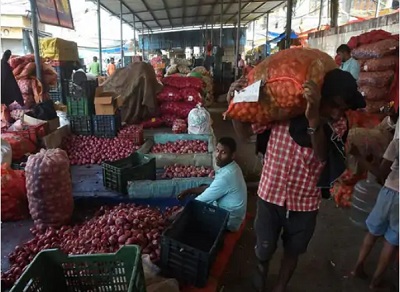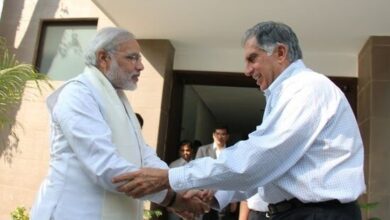Wholesale inflation fell to a 4-month low: it was 1.31% in August, prices of food items and daily necessities decreased

Wholesale inflation has come down to 1.31% in August due to the cheapness of daily essential goods. This is its lowest level in 4 months. In April, it was at 1.26%. Whereas a month ago in July, wholesale inflation had come down to 2.04%.
Earlier on September 12, the government had released the retail inflation figures. Retail inflation has increased to 3.65% in the month of August. It was at 3.54% in the month of July. Retail inflation has increased in the month of August due to the rising prices of vegetables.
Prices of food items and primary articles decreased
- The inflation rate of daily use items decreased from 3.08% to 2.42%.
- Inflation in food items decreased from 3.55% to 3.26%.
- Wholesale inflation rate of fuel and power increased from 1.72% to -0.67%.
- The wholesale inflation rate of manufacturing products declined from 1.58% to 1.22%.
Wholesale inflation has three parts:
Primary article has a weightage of 22.62%. Fuel and power has a weightage of 13.15% and manufactured products have the highest weightage of 64.23%. Primary article also has four parts:
- Food articles like cereals, wheat, vegetables
- Oil seeds come under non food articles
- Minerals
- Crude Petroleum
Impact of WPI on common man
Prolonged high wholesale inflation adversely affects most productive sectors. If wholesale prices remain high for a long time, producers pass on the burden to consumers. The government can control WPI only through taxes.
For example, in the event of a sharp rise in crude oil, the government had reduced excise duty on fuel. However, the government can reduce tax cuts only within a limit. Factory related goods like metal, chemical, plastic, rubber have a higher weightage in WPI.
How is inflation measured?
There are two types of inflation in India. One is retail and the other is wholesale inflation. The retail inflation rate is based on the prices paid by the common customers. It is also called Consumer Price Index (CPI). On the other hand, Wholesale Price Index (WPI) means the prices that a trader charges from another trader in the wholesale market.
Different items are included to measure inflation. For example, in wholesale inflation, manufactured products have a share of 63.75%, primary articles like food have 22.62% and fuel and power have 13.15%. Whereas, in retail inflation, food and products have a share of 45.86%, housing has 10.07% and other items including fuel also have a share.
RBI had projected retail inflation at 4.5% for this financial year
During the recent Monetary Policy Committee meeting, RBI kept its inflation forecast unchanged at 4.5% for this financial year. The RBI Governor had said – Inflation is coming down, but the progress is slow and uneven. India’s inflation and growth trajectory is moving in a balanced manner, but it is important to remain vigilant to ensure that inflation remains in line with the target.





